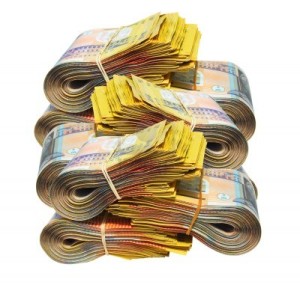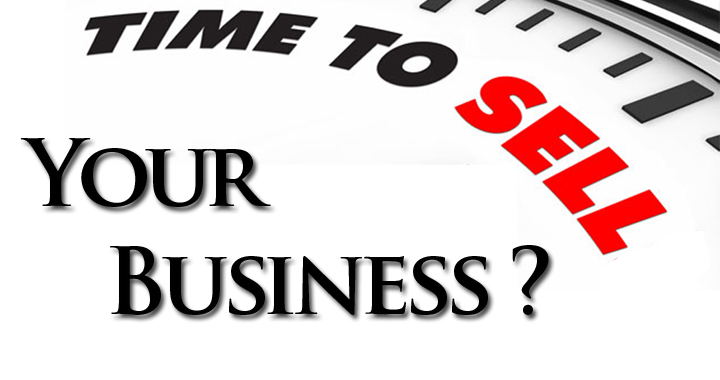 After years of dedicating yourself to growing your business, you have decided that it is time to sell your business and retire.
After years of dedicating yourself to growing your business, you have decided that it is time to sell your business and retire.
It sounds easy enough, but there is a process to getting a business ready for sale. Some people get emotionally attached to their business, which is completely understandable.
But if you cannot separate the emotion from the business side of selling your company, then it may be best to have an outside firm price it for you.
If you feel you are ready to price your business yourself, then it is a good idea to get the process started as soon as you can.
Before You Price Your Business
There are a few things you may want to do before you try to put a price on your company. Every business has outstanding issues such as:
- Disgruntled customers
- Necessary facility repairs
- Operational improvements such as altering business hours
While you cannot make every disgruntled customer happy, there are those customer service issues you have left open for a while that you should take care of prior to selling your business.
If you have been meaning to put a new coat of paint on the showroom walls, then the time to do it is before you sell the company. While a new coat of paint is not going to do much to affect your price, a clean appearance can make it easier for potential buyers to accept your price.
When your target audience changes its buying habits, you must alter your business to reflect those changes. If your customer base does the majority of its business in the evening, then altering your business hours can show that your company understands its customer base. Making these kinds of decisions before selling can increase revenue and push up your selling price.
Determine Your Real Cash Flow
 Your cash flow is, simply put, your revenue minus your expenses.
Your cash flow is, simply put, your revenue minus your expenses.
But some of those expense are discretionary and that can be reflected in your selling price. You begin with how much revenue your company generates in a year, and then subtract your materials expenses.
For example, a shoe manufacturer with $500,000 in annual sales would subtract the $300,000 it spent on leather from its revenue. Then subtract expenses such as labor, utilities and facilities costs. That number is your cash flow.
Determine The Strength Of Your Business
Remember when you made that change to better business hours and your revenue increased? That helps to increase the strength of your business and that will affect your sales price. The easiest way to mix strength into your business sell price is to give it a number.
If your business has had average growth for the past few years and shows no signs of going beyond the industry average for revenue increases, then give it a factor of 1. If your business has been gaining momentum and is in a position to significantly increase revenue, then give it a 1.5 or a 2.
The strength factor of your business is a very arbitrary number. It is not something you will find in a book and there is no formula for it. It is something you will have to determine on your own and it needs to be an accurate reflection of the strength of your business.
Multiply Them Together And That Is Your Sell Price
Let’s say that the final cash flow number for our show manufacturer was $200,000 and we determined that the business strength rates a 2. All you would do to determine the sell price for your business is multiply those two together and you would have a sell price of $400,000.
It can be hard to put a number on your life’s work, but that is exactly what you will need to do if you want to sell your company.
Remember to generate a comprehensive report that backs up the sell price you have come up with to show to prospective buyers as they will want to know where your numbers came from and how they are justified.
If you have a business to sell, the information outlined in this article are simply guidelines and we always advise people to seek professional and legal advice regard business valuations.